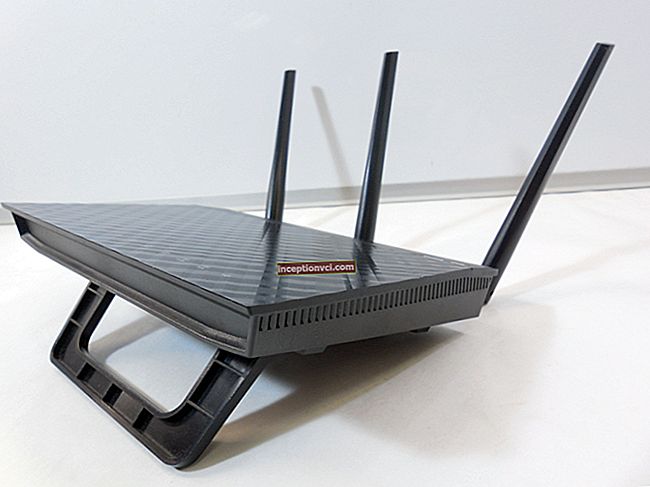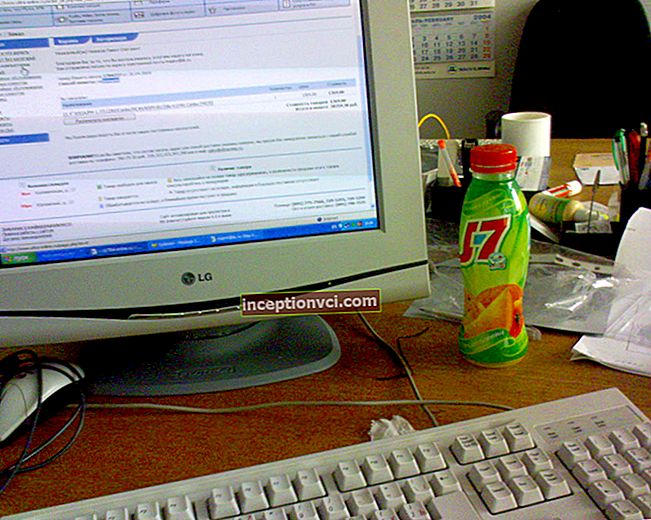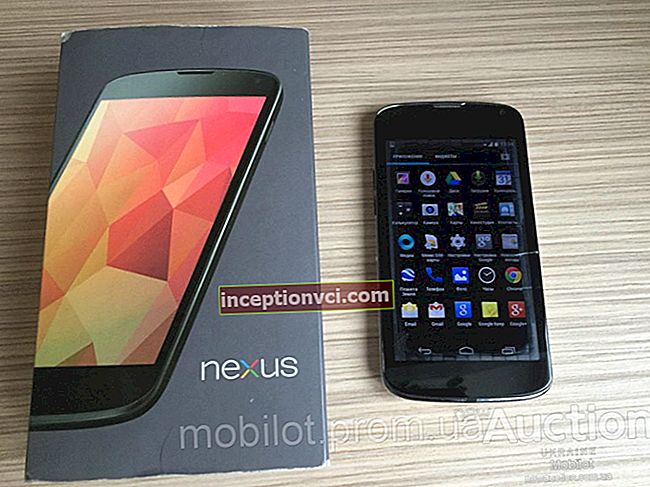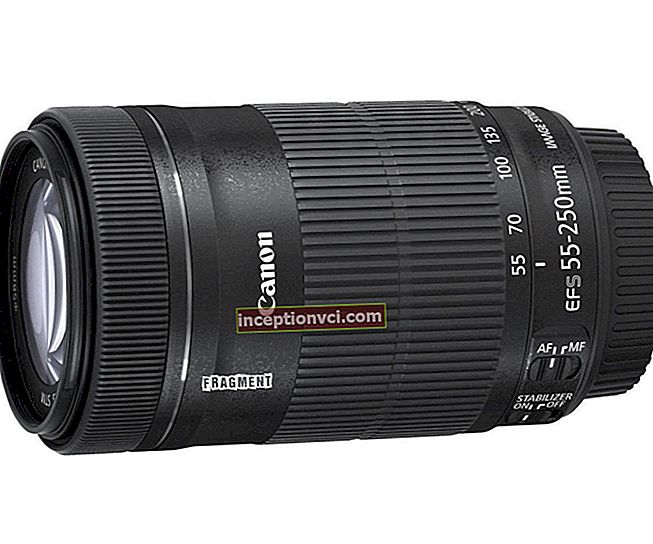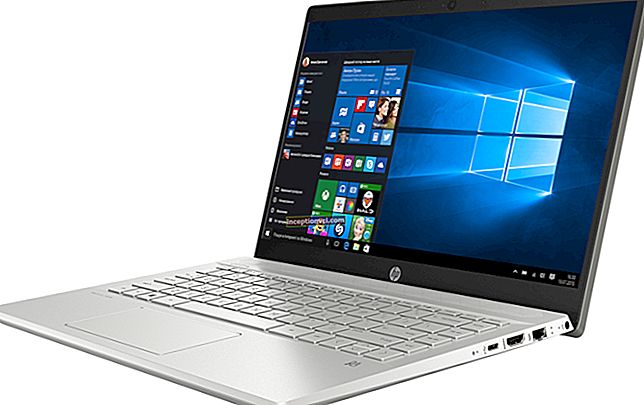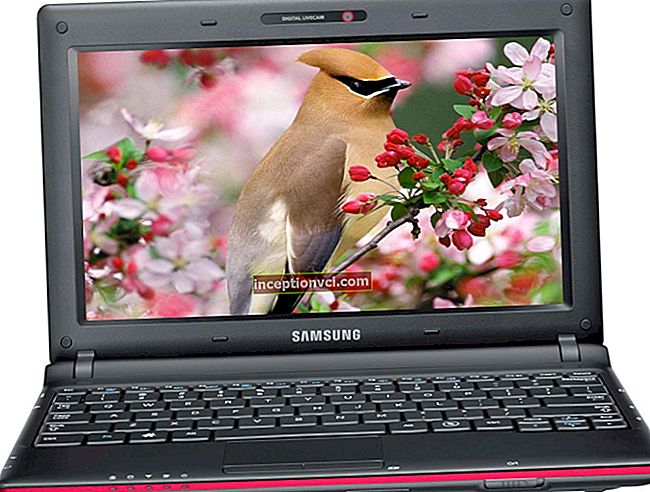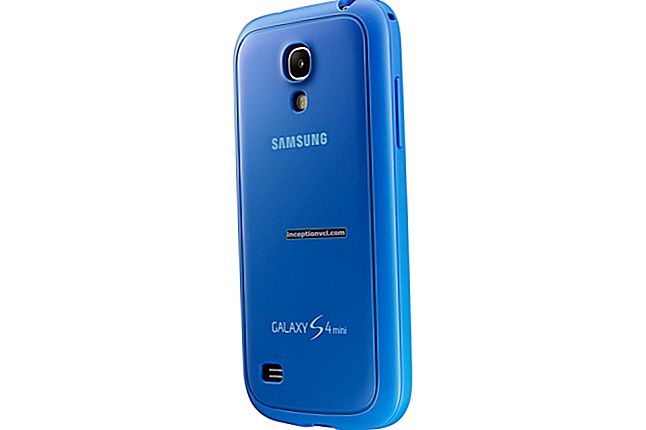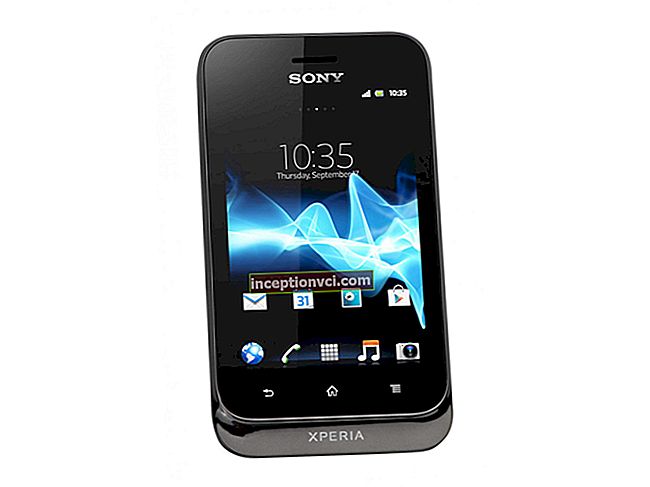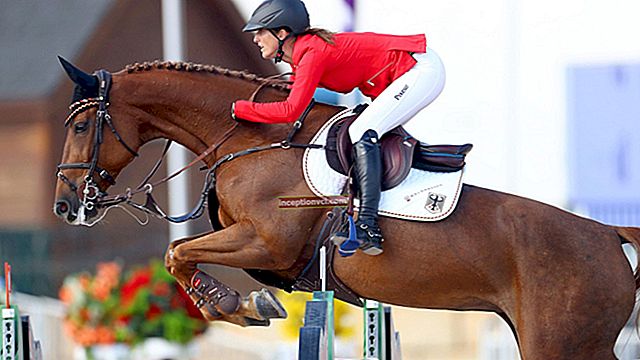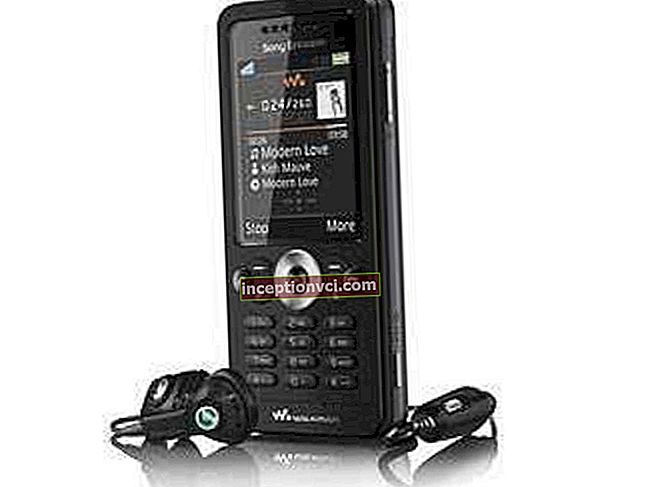Lenovo, which has already become very famous for its ThinkPad series notebooks, as well as budget notebooks for office work. But the release of a new gaming "machine" with Core I7-720, Radeon HD 5730, powerful high-quality speakers will seem very strange to you? We don't think so.
Buyers love a powerful gaming laptop at attractive prices. With this series of "Y" models, the Chinese company is trying to interest those consumers who do not need "unpretentious" ThinkPads, workstations, or classic Lenovo laptops. This consumer segment includes avid gamers who are interested in device performance or connoisseurs of multimedia devices. All those who are carefully looking for exactly the right laptop configuration before buying.
This 15.6-inch Lenovo Y560 features a powerful Radeon HD 5730 graphics card from ATI and one of the most powerful Intel Core I7-720 processors to date. An impressive configuration, isn't it?

Lenovo Y560 laptop case
The consumer, if he looks at this model from the outside, will see a pretty decent and cool design. The lid is made of matte plastic, with some reflective parts. They can be seen depending on the angle at which the light falls. The border of the lid has a bronze texture, which, with its extravagant appearance, somehow sets off its monotonous brown-black color.
But when it comes to working with the device, the glossy surfaces immediately show up. Not everyone likes to sit at a laptop when the wrist rest, the quick open application bar, the touchpad are all smeared with fingerprints. The hands and palms of most users are not very clean, but I have not yet seen those who sit at the laptop with gloves, so this problem affects almost everyone. By the way, the screen bezel and the display itself also have a glossy finish, but the fact that these parts of the case are not so often found with fingers is encouraging. The matte finish keyboard is the only joy on the front of the case.
The hinges hold the lid very well and are well screwed to the main body of the laptop. The base part, apparently, does not have a stiffener. With pressure, I was able to flex the chassis without much effort. And it is very noticeable. As with all laptop models that have optical drives, the surface above them is also weak in rigidity. In some places, small creaks of the case are audible. To be honest, the quality of the laptop case did not leave the best impressions.
The lid near the screen and its borders are very easy to scratch, and they collect fingerprints very quickly. Taking it by both edges, I managed to bend it slightly. But the surface of the screen itself turned out to be very hard. In order to get distortion on the display, you need to press very hard on it.
Communications Lenovo Y560 laptop
This Lenovo model has all the ports and connectors that are inherent in a multimedia laptop. Unfortunately, there is no USB 3.0, but external drives can be connected using eSATA. There are HDMI and VGA ports for outputting images to an external display. If you still need to connect USB 3.0 or 7.2 channel audio, then you need to use Express Card 34.


All ports and outlets are well thought out, but some are very odd. On the right side of the laptop is eSATA, Express Card, USB, which allows you to quickly find them. On the left side are HDMI and VGA, which are referred to the back of the panel. Also on the left are 2 x USB, headphone and microphone jack.
Also, this device has support for modules Wi-Fi 802.11n, Bluetooth 2.1, Ethernet adapter. In general, when it comes to wired and wireless networks, then our Lenovo is at its best.
Input devices Lenovo Y560 laptop
Keyboard
The keyboard has a classic shape of the keys, which are made with beveled edges and also with little space. The arrow block is separated from the main block for better access. The buttons of this block are specially marked (plastic).

It lacks the numeric keypad like many 15.6-inch laptops. This absence may upset some users. But this allows you to keep the normal size of buttons. If we compare this keyboard with a desktop computer keyboard, then, with the exception of the smaller distance between the buttons, I found differences.
The stroke of pressing the buttons is very long, and a clear pressing does not depend on which part of the surface of the key you press. The only negative aspect that we managed to find was the noisy clinking when pressed.
Touchpad
The touchpad from Synaptics has support for the Multi Touch function. With this function, you can increase the size of pictures with two fingers, as well as scroll without using the scroll bars. Although, it is not clear why there are horizontal and vertical scroll bars. The touchpad is quite large, and maintains sensitivity to the very edges. But the surface has some kind of pimples, because of this, the movement of the finger becomes uncomfortable.
The touchpad keys are very comfortable and have a lot of travel. The pressure is soft and crisp. It takes minimal effort to push. Moreover, the click on the key is practically inaudible. All these factors make the touchpad enjoyable.

Touch Capacitive Buttons and System Recovery Keys
The touch keys are located above the keyboard, they combine status indicators (hard disk loading, Wi-Fi, Bluetooth, charging) and keys for launching programs. The battery button opens the Energy Management program. The camera key launches One Key Theater.
The Slide Nav panel is truly new. With one touch of your finger, you can instantly open one of 8 pre-installed applications. In fact, this is the same quick launch panel, only it is done in hardware. On the right, there are keys for adjusting the sound volume.
Also, this model has a dedicated One Key Rescue key. It activates the system recovery application from a disk partition that the manufacturer has reserved in advance. Moreover, it does not matter whether the laptop is turned on or not.
Laptop display Lenovo Y560
The screen from AUO has a resolution of 1366x768 pixels and a WXGA matrix, with no anti-glare coating. This is normal for notebooks in this price range. The screen resolution is quite decent, if the manufacturer would have made it larger, then I think the graphic card would not cope with games at the maximum resolution.
The display has a rather low contrast ratio of 175: 1. This value corresponds to the display values of the most common notebook computers used for office work. However, this is not a big drawback, since according to statistics, the contrast ratio of 95% of laptop screens does not exceed 200: 1. For me, a good contrast ratio is 400: 1 and above.
Contrast represents how well white content is displayed against a black background. The gloss panel reflects and slightly smooths out low contrast, as the glossy panel looks brighter and more saturated than the matte panel.
The display has a brightness with an average value of 174 cd / m2. The uniformity of screen illumination is equal to 90%, which is very good. Above the keyboard is a light sensor that automatically adjusts the screen brightness depending on the ambient light.
But this automatic brightness adjustment system works in a rather strange way. Judging by its solutions, the screen brightness equal to 80 cd / m2 is enough for working with a laptop in an office, which, in turn, is illuminated by indirect light. And if the light from a table lamp falls on the sensor in the evening, it will reduce the brightness to 60 cd / m2. In the end, I had to manually adjust the brightness of the screen. Interestingly, no program or BIOS has the ability to turn off this sensor.

If you put your laptop in the sun, you will hardly be able to enjoy the image on the screen. Firstly, the dark case will instantly heat up in the sun, and our fingerprints will appear on the glossy parts of the laptop, which will significantly reduce the attractiveness of working with this device. Secondly, there is no anti-glare coating on the screen, which entails the appearance of reflections. Even a brightness of 182 cd / m2 will not be enough to combat sunlight. Well, in general, to work with a laptop in nature, you will need to find a shady place.
A multimedia device requires stable viewing angles so that users can distinguish text and color schemes from different positions without problems. The same requirements apply to gaming laptops. Unfortunately, the mid-range laptop models have very narrow viewing angles. Our apparatus is no exception.
On the horizontal axis, the gaze can deviate up to 45 degrees before the display of true colors begins to be disrupted. In the vertical plane, the distortion of the images will be already at a deviation of up to 10 degrees, and at the same time, "fading" of the image may also be observed.
Performance Lenovo Y560 laptop
The device is equipped with a powerful processor Core i7-720QM, which has 6 megabytes of cache in the third level. This processor is one of the most powerful and productive in 2010. Its release takes place according to a 32 nanometer technological process. In the name, the letter "Q" means the number of real processor cores (in this given 4 of them - Quad). Each of them operates at 1.6 GHz. Depending on the load, the frequency can be changed from 1.6 to 2.8 GHz using the Turbo Boost function. It can automatically perform dynamic overclocking of cores, thereby loading the cores with computation threads as much as possible, but at the same time, increasing the frequency of these cores at the expense of other cores that are not being used at that moment. For processors from the Core i5 and Core i7 class, it no longer really matters exactly how many cores an application or game needs to use - they now simply adapt to current needs.

There is also a Hyper Threading function, which allows you to add one more virtual core to the physical core. As a result, a program that performs calculations in several threads will now be able to process up to 8 threads at once. All these 8 threads are not counted at 2.8 GHz, but at 2.2 GHz, since 2.8 GHz can only be achieved when the processor is loaded with a single thread.
The laptop is equipped with 4096 Megabytes of DDR3 random access memory (RAM), which fits perfectly with the processor. For some reason, my model had 2 bars from different manufacturers: from Elpida and Kingston. Although this does not affect performance in any way, it is still recommended to have modules from the same manufacturer.
In the process of testing the laptop, the Core i7 proves its performance and does not give any chance for the "lower" Core i3 and i5 platforms. The CineBench R11.5 test showed 3.0 points for my system (Windows 7, 64-bit). As a result, our laptop is faster than the Acer 8943G or Asus G73JH, which have similar processors.
It is also worth noting that this processor is the best among the computational power values for multi-core computing. The CineBench R10 test rated our device at 10161 points. Even the best Core i5-520, which had 8342 points, is far from the best.
Performance Indexes (Windows 7):
1. Processor (operation / sec): 7;
2. Memory (operation / sec): 5.9;
3. Graphics (for Windows Aero): 6.7;
4. Graphics (in games): 6.7;
5. Hard disk (transfer rate): 5.9
Our Y560 is equipped with a very fast 2.5 - inch HDD from Hitachi, which rotates at 7200 rpm and has a volume of 320 Gigabytes. The HD Tune application test showed a reading speed of about 78.5 MB / s. On the PC Mark test, the hard drive scored 4068 points.
Gaming performance Lenovo Y560 laptop
The laptop is equipped with a gaming graphics adapter Radeon HD 5730 with support for DirectX 11 and Shaders 5.0 with a capacity of 1024 Megabytes of DDR3 native memory.The core frequency of this video card is about 650 MHz, and the memory frequency is 800 MHz. For example, on the ATI Radeon 5650, the core has a frequency of 550 MHz. The 5730 HD belongs to the upper mid-range, this claim is confirmed by tests. For comparison, this graphics card easily outperforms Nvidia's GT 330M.

The result of the standard 3D Mark 2006 graphics adapter test is 7282 points. This estimate can be compared to the MSI GE600 with the same video adapter, but a less powerful i5-430M processor. A similar competitor from Nvidia, the GT 330M, scored about 6545 points in this test. The HD5650 has a slightly better score, it scored 7046 points. In our review, I tested the gaming power of the laptop on the games: Risen, Far Cry 2. Let's talk about each game separately.
Far cry 2
Quite outdated, but still popular Action was launched with a resolution of 1024x768 pixels with high detail settings. As a result, the game gets 51 frames per second. For example, the 5650 HD loses a little in this test with 46 frames / sec. But the GT 330M is noticeably inferior with 35 fps. That is why it is not strange why sales of notebooks with graphic cards from ATI are constantly growing.
Risen
Risen is a fantasy adventure game. And by the way, it turned out to be quite suitable for our graphics card. Even at high settings, the gameplay remains fun and playable. If you set the standard HD-Ready resolution for a laptop display and high details, you can expect about 28 frames / sec. Well, if you set medium settings, then the frame rate will increase to 38 frames / sec. The 5730 HD is again ahead of the GT 330M, which has 21 fps.
Conclusions on games
I didn't spend too much time testing the performance of the HD 5730 graphics adapter. At the moment, the Radeon 5730 is a great value for money.
Noise and the temperature of the Lenovo Y560 laptop
Noisiness
One should expect extremely loud work from powerful devices. However, our laptop turned out to be very quiet in games. When we ran our gaming tests, the noise level of the cooling system did not exceed 39.8 dB (A). The sound level remained constant and dropped rapidly to 35.5 dB (A) after the end of the load. Without applying any load, when using office programs or surfing the Internet, the laptop remained very quiet at 34.1 dB (A).
Temperature
In the process of playing games on a laptop, the upper part of the case heated up to almost 50 degrees. Its average temperature did not exceed 35 degrees, while the rest of the upper part, even after applying loads, remains quite cool.

The very high heating of the device during twelve hours of stress testing did not negatively affect the stability of the laptop. Immediately after its completion, the laptop received 7258 points in the graphics test and 3116 in the processor test.
Loudspeakers
For watching movies or playing games, the quality of the speakers plays a significant role. Lenovo has integrated stereo speakers from JBL into this laptop model. They are located above the keyboard. There is no subwoofer in the device. But this factor did not upset me at all, since the speakers are capable of providing a very good sound picture with good volume and range of high and low frequencies. In general, both musicians and "gamers" will be satisfied with the sound quality of the laptop.
Battery life
With a 57 Wh battery (5200 mAh capacity), the Y560 doesn't have to count on many things. While browsing the Internet via WiFi, the laptop was able to last only about 2 hours. The maximum possible battery life measured by the BatteryEater Reader test is approximately 202 minutes. The result obtained is almost impossible to translate into reality, since this estimate implies that the processor and all communications should be turned off, and the display should be at minimum brightness.
conclusions
This Lenovo laptop model has in its arsenal one of the most powerful, to date, processor and a fairly powerful graphics card.Excellent performance both in applications and in games speaks for a very high price / quality ratio.
The advantages, in addition to the above, can also be attributed to high-quality speakers, during the operation of which bass can be encountered. The keyboard and touchpads provided good feedback, especially the soft mouse keys and their long travel.
The main negative factors are: loud cooling system, very short battery life. Well, also, the strength of the case is not up to par. Glossy elements that are used in the design of the case are already more familiar and do not cause strong complaints about them.
Also, this laptop model has several more possible modifications. There is a Y560 with a Core i3-350M and an i5-450M. They are naturally cheaper.

